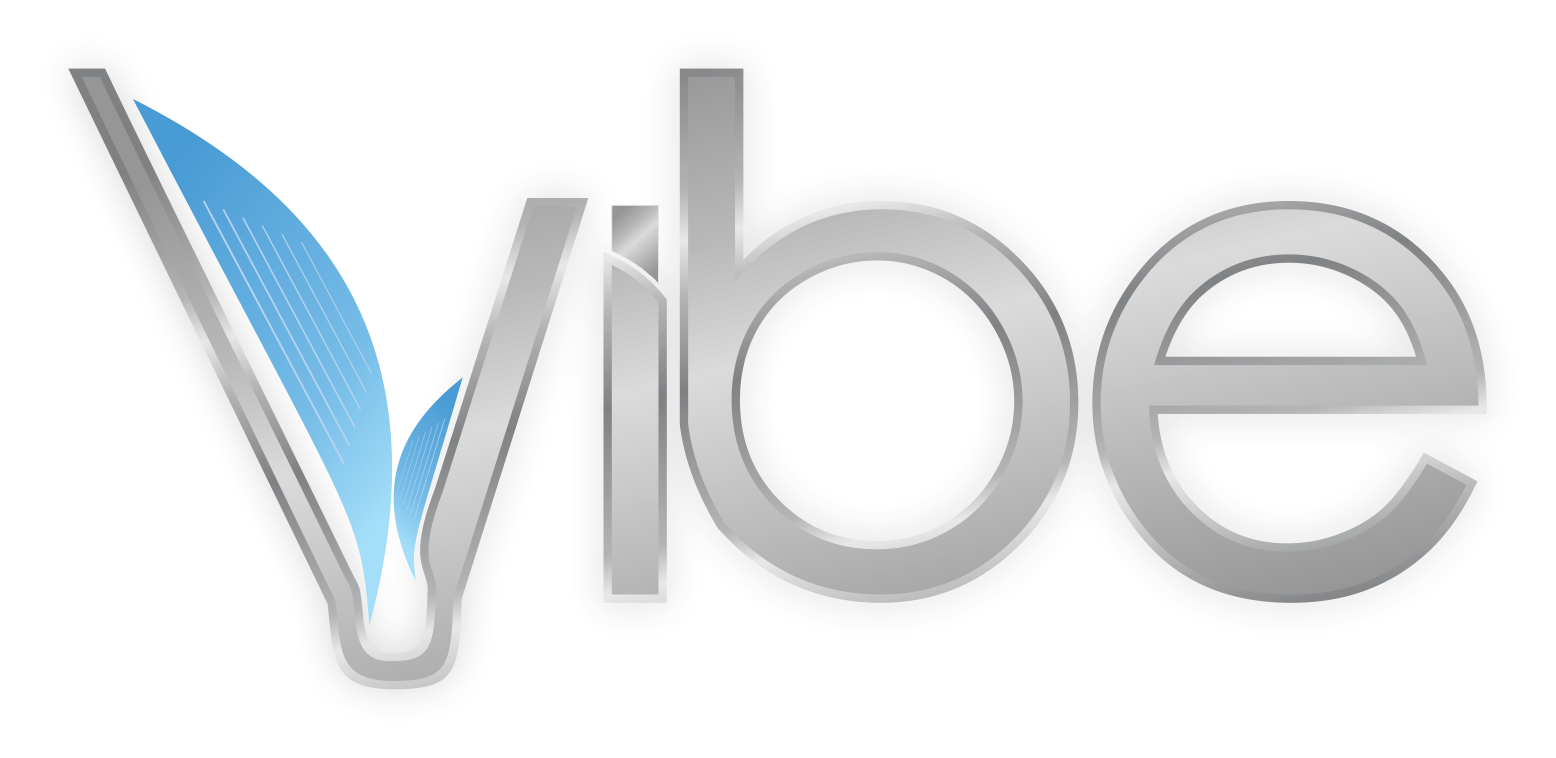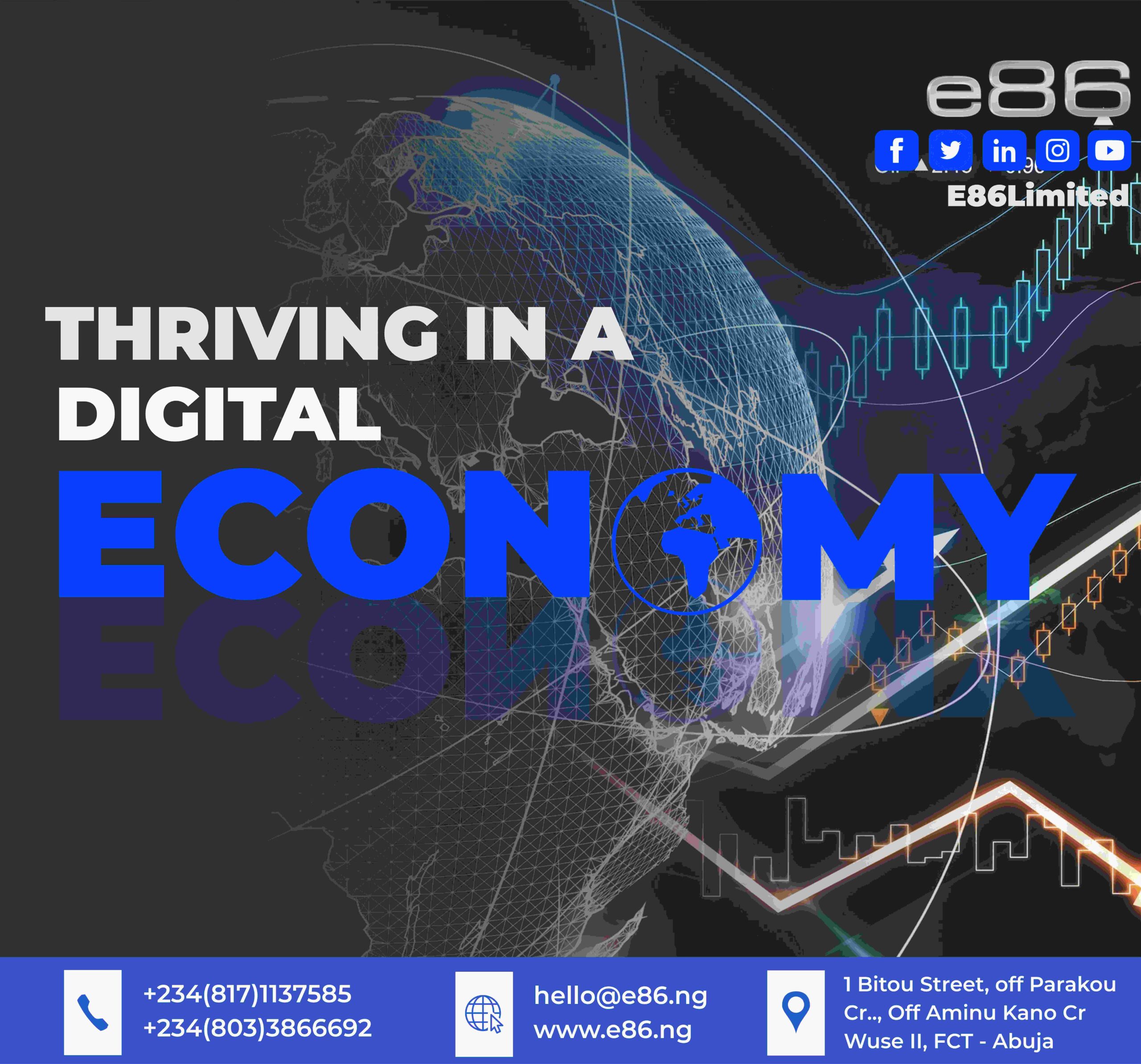The single most significant engine of innovation, competitiveness, and growth is the amazing rate at which the digital economy is expanding. Everything about our lives is changing, from the way we study, communicate, and conduct business at work to the way we shop, socialize, and entertain ourselves. Customer expectations are continuously increasing, and traditional sectors and value chains of all kinds are being transformed by previously unheard-of business models. The digitalization of the economy is without a doubt one of the most important issues of our time.
So let’s define the Digital Economy.
A digital economy is not just “the economic activity that results from billions of everyday online connections among people, businesses, devices, data, and processes”; it is also how the creation and use of digital channels reshape economic, social, and legal considerations in entire societies. Inevitably, a digital economy is about how physical actions, behaviours, communication, markets, and choices are distorted by the use of digital infrastructure.
You can now see how a “digital economy” differs from a traditional economy because you know what it is.
One of the contrasts is that both the Internet and mobile technology encourage communication between clients and businesses, broadening the audience to a global audience. As a result, customers can contact businesses whenever they choose.
Customers, therefore, have higher expectations of businesses operating in the “Digital Economy” than they have of those operating in the old one. They want their engagement with the brand to be seamless, omnichannel, and personalized. As a result, the idea of “one size fits all” becomes obsolete.
What Should Your Point of View Be About The Digital Economy?
Three methods can be used to analyze the digital economy. Understanding these viewpoints will help you determine where you fit into the new social order.
First, the bottom-up approach emphasizes that whether or not you are a member of the digital economy relies on the type of products you or your business produces and the percentage of digital inputs utilized in the production processes. The narrow perspective refers to the first situation, whereas the broad perspective refers to the second.
Next is the top-down strategy. You must recognize the major themes that propel digital transformation from this viewpoint. These trends have an impact on people and the surrounding areas, in addition to businesses.
The flexible strategy, in addition, enables you to divide the “Digital Economy” into its core and non-core components. The “Digital Economy” is, as its name suggests, centered on the digital industry and the technologies that support it. Alternatively, everything else is included in the non-core components.
Where do I start?
If you are a freelancer or business owner, it is crucial that you have a strong grasp of as many digitally relevant skills as you can. Examples include programming, data analytics, data science, etc. You should utilize prominent tech training outfits like ours to master these skills. A certificate is definitely beneficial.
Imagination can alter the course of events. You can combine your technical talent with your present area of competence. Let’s imagine you have a knack for selling and experience creating websites. Then, you can carry out keyword research to assist you in using the website to sell a product to a customer.
Get to work immediately. Sign up to learn a tech skill today at e86. It’s affordable, with friendly payment plans.

